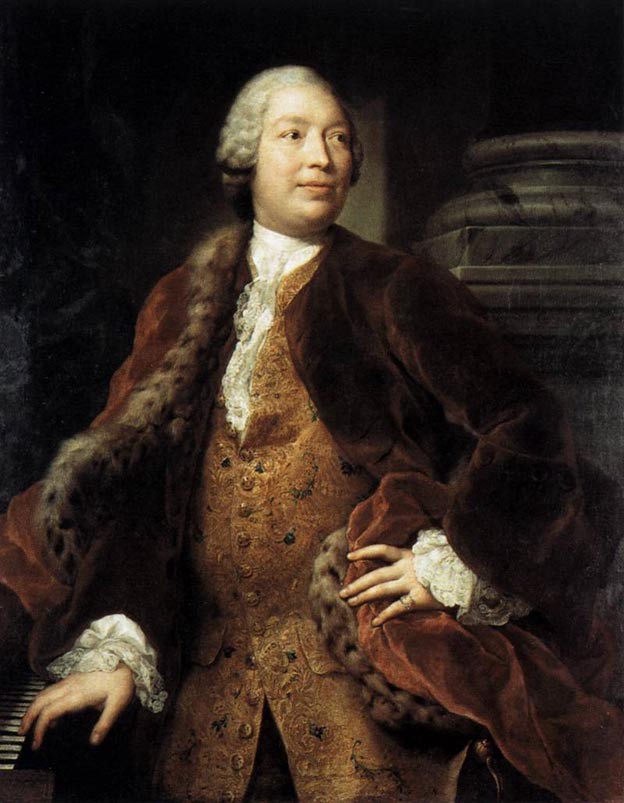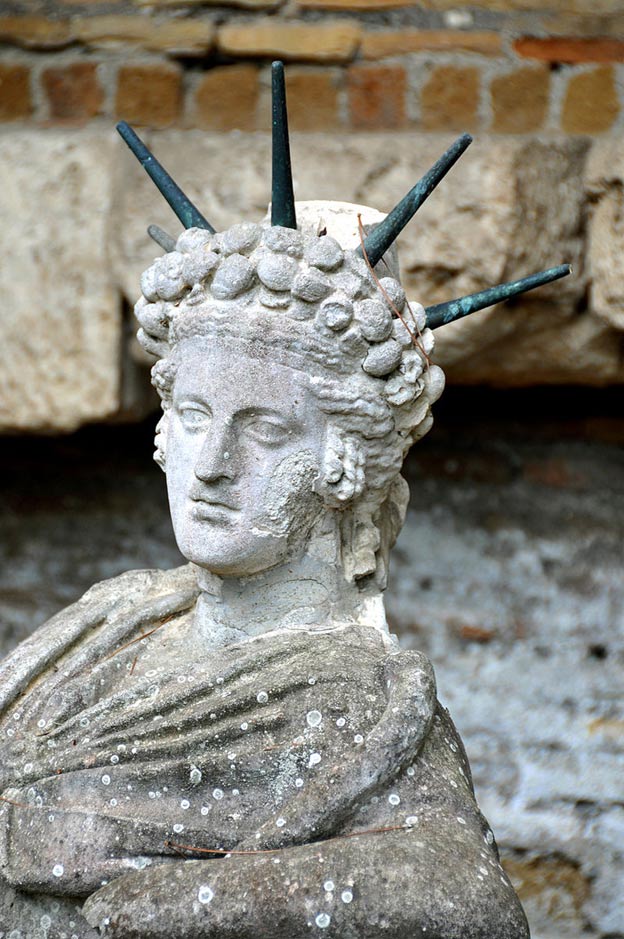
Castrati: The Superstars of the Church and Opera in 16th Century Europe
“Long live the knife, the blessed knife!” screamed ecstatic female fans at opera houses as the craze for Italian castrati reached its peak in the 18th century. When Farinelli, the most famous castrato of his time, sang in London, one woman squealed "One God, one Farinelli!" Farinelli was later summoned by the Queen of Spain to sing her husband, Philip V, out of his depression, and went on to become the most potent politician in Spain as well as owner of his own opera house.
A castrato was a male singer with a vocal classification of a female or a child’s voice—a soprano, mezzo-soprano, or alto. From about 1550 CE to the late 19th century, those voices were created by castrating boys before they reach puberty, thereby preventing their voices from deepening. A castrato, then, would have the lung capacity and muscular strength of an adult male, and the vocal range of a prepubescent boy. The only difference between a castrato (collectively known as castrati) and a eunuch is that historically most eunuchs were castrated after puberty, thus the castration had no impact on their voices.

Portrait of the castrato singer Domenico Annibaldi (Public Domain)
Castration as a Form of Punishment
Castration as a mean of subjugation, enslavement or other punishment has a very long pedigree. The myth of Attis was one of the earliest examples of the practice of castration as a form of punishment. The myth is of Phrygian origin which became the standard version in Alexandrian and Latin poetry. Attis mutilates himself because he has sexually betrayed his mistress, the mother goddess Cybele. With a flint, Attis strikes off his testicles, the organs which, in his opinion, have led him to sin.
Another, more widespread version of this story represents the angered Cybele herself as the one who avenges her own honor. The essence of both versions is this: Attis yields his virility and survives to enact his new role as a worshipping servant of his overpowering mistress.

Statue of a reclining Attis at the Shrine of Attis. (CC BY-SA 2.0)
Classicist Arthur Darby Nock suggested seeing the practice of castration as a mean of ensuring ritual purity. The eunuch deliberately mutilates himself to achieve, like a young girl or boy, that particular sanctity that will allow him, like Attis, “to serve through his whole life the object of his devotion.” Scholar Walter Burkert added to this by saying that castration puts a man outside archaic society in an absolutely irrevocable way; being neither man nor woman. The eunuch would have no choice but to adhere to his goddess.
- The Fascinating Life of a Chinese Eunuch in the Forbidden City of China
- The Incredible Medical Interventions of the Monks of Soutra Aisle
- Michelangelo: A Mixture of True Talent Meeting Great Luck
Stereotypically, eunuchs served as harem guards in the ancient Near East. They were also valued as court officials and high-level political appointees since they would not be able to start a dynasty which would threaten the ruler. In Constantinople around 400 CE, the empress Aelia Eudoxia was said to have had a eunuch choir-master. By the 9th century, there were eunuch servants and remained so until the sack of Constantinople in 1204.





